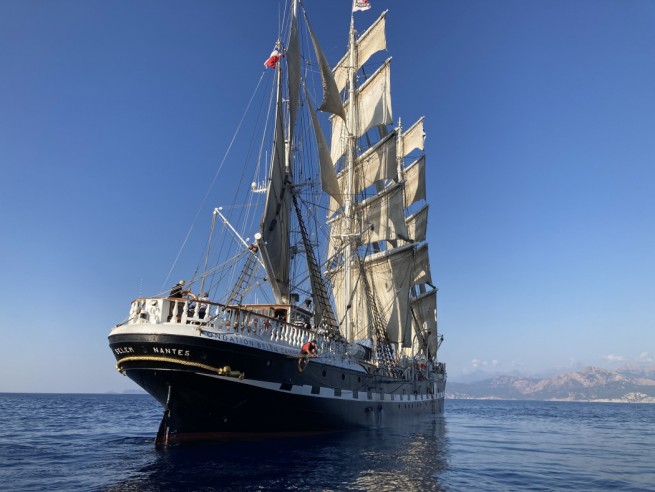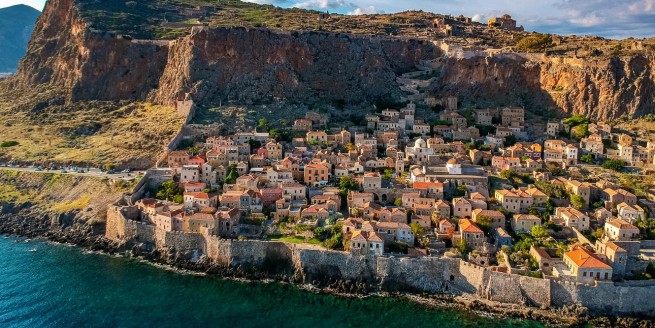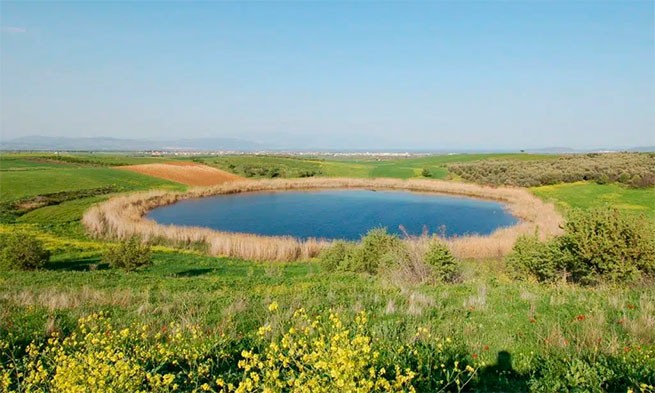Eastern Lake Zerelia is located on the Magnesia Plain. Credit: Dipa1965/Wikipedia CC BY-SA 3.0
The Twin Lakes, collectively known as Zerelia, located in central Greece, are a rare example of bodies of water formed as a result of a meteorite impact.
The unusual origin of Lake Zerelia as a result of a meteorite fall
Located just a few kilometers from the city of Volos and four kilometers from the city of Almyros, the two lakes are 250 meters apart but were created by a powerful impact from a space rock that streaked through the Earth’s atmosphere. According to scientists, about 10 thousand years ago, a meteorite crashed into the Earth, split into two parts and formed two twin craters that filled with water – the lakes still exist.
Just a few meters from the lakes there is a small hill on which there was a prehistoric settlement, inhabited until the Bronze Age. Apart from their archaeological interest and meteorological origin, the Twin Lakes have become important wetlands for many bird species such as white storks, green-headed ducks, coots, herons and others.
The largest lake has a diameter of 250 meters and a depth of about eight meters, and the smallest has a diameter of 150 meters and a depth of about six meters. The bottom is shaped like a plate. Initially, it was believed that the lakes were of volcanic or karst origin.
However, in December 2010, researchers Evangelos Lagios and Dietrich Volker J. discovered partially molten zirconium at the bottom of lakes – the melting of which requires temperatures above 1,400 – 1,800 ° C.
Since such high temperatures are not found in volcanic magmatization processes or metamorphic events occurring in the Earth’s crust, the researchers suggested that the creation of the almost perfectly round lakes was caused by a meteorite impact. According to Lagios and Walker, this collision occurred during the Holocene epoch, between 12,500 and 8,000 years ago. The probable size of the meteorite is estimated to be between 10 and 30 m, and this phenomenon is unique to Greece.
Iron Age finds in Greece
The hill, located in this area, was explored by the archaeological team of Professor of Eurasian Archeology H. Reinder Reynders from the Netherlands Institute in Athens. During surface excavation of the soil, ceramic fragments from the Bronze Age were found. According to archaeologist Dimitris Theocharis, the temple dedicated to Athena Itonia is located at the bottom of one of the two lakes and appears only when the lake level drops. However, Reynders’ excavation team disputes this hypothesis.
In 2005, the Faculty of History, Archeology and Social Anthropology of the University of Thessaly and the 13th Ephorate of Prehistoric and Classical Antiquities began systematic research. During the first year, traces of piles and clay floors were discovered – evidence confirming the existence of an early Bronze Age house.
It was subsequently established that much of the mound’s volume was formed by intensive residential activity during the Bronze Age, with constant repairs and reconstruction of mud houses and wooden stake houses. Archaeologists also discovered a pit containing finds from several periods, the newest of which is a Phocian silver coin dating from the early 5th century BC.
In general, finds from Zerelia consist of fragments of pottery, clay flywheels, arrowheads and flint tools. The overall picture of the settlement shows a well-organized rural community that made the best use of the available natural resources.







More Stories
Planitero: heaven on earth a few steps from Athens – how to get there
Best Sunset in Athens – Ideal Viewpoints
Naxos in the spotlight of the international press